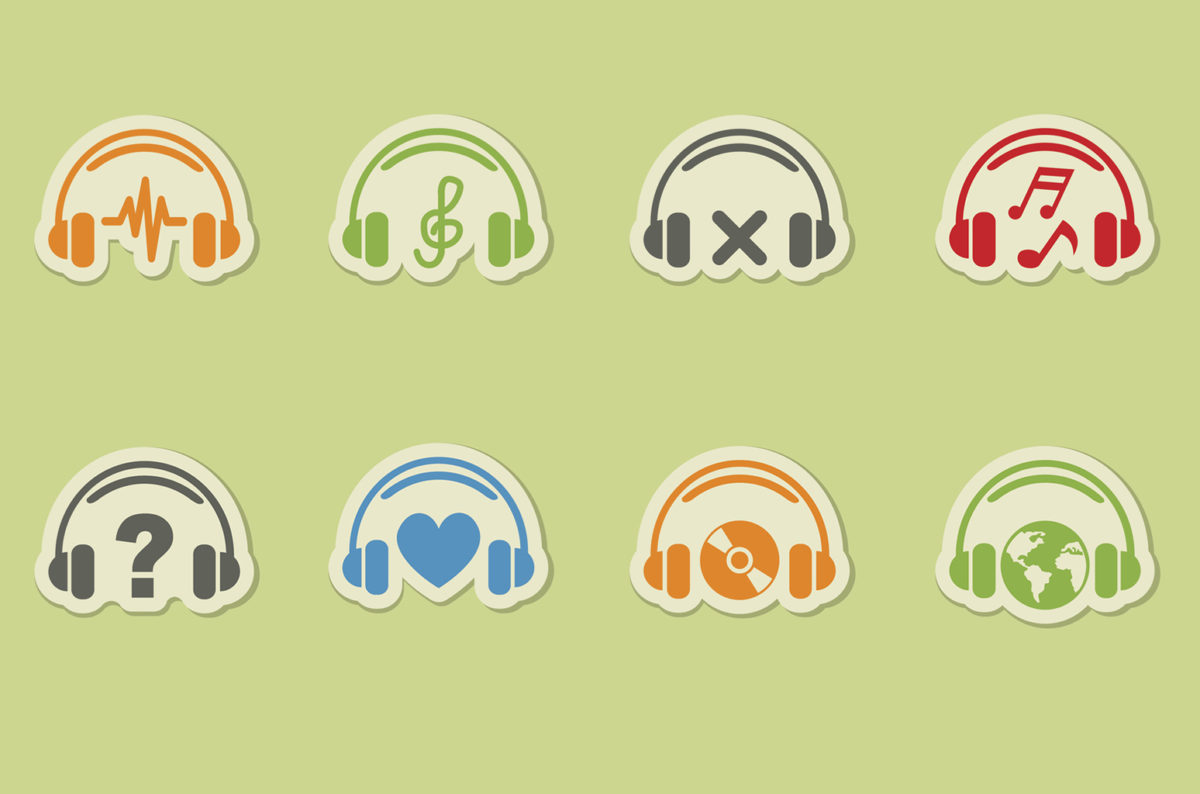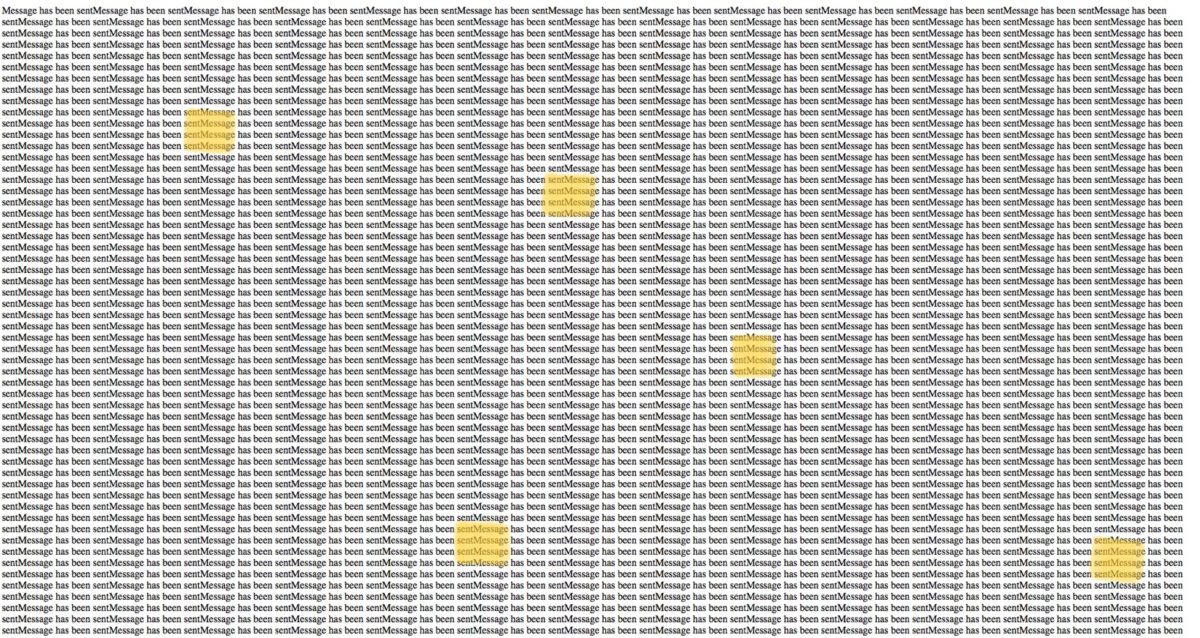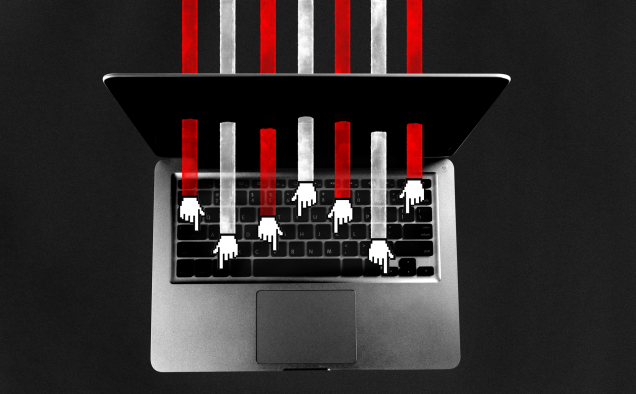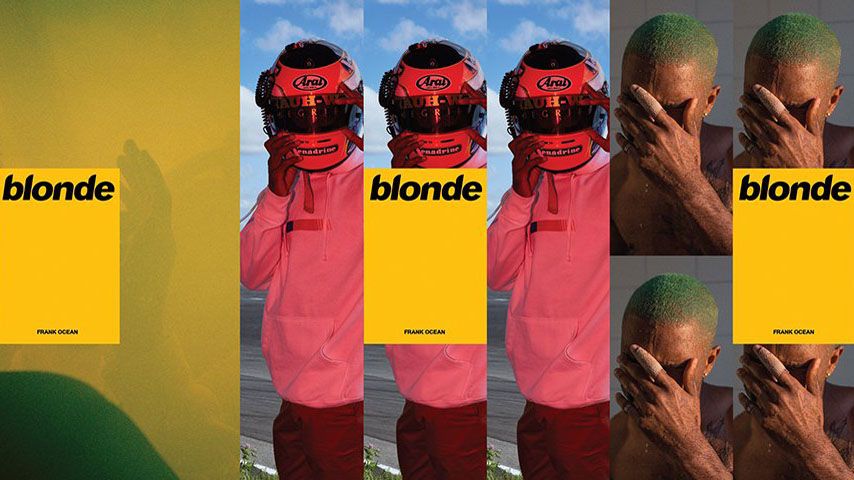WE’LL ANSWER
How does the Immitter algorithm work?
How does Immitter provide digital marketing to new artists and bands?
What is the best strategy to take advantage of Immitter’s digital marketing services?
LETS GET STARTED
Normally a company wouldn’t tell you how to game their algorithm for world domination but we at Immitter know, knowing how to play the game is only half the battle. The other half is, well…plain old elbow grease.
IMMITTERs algorithm is fairly straight forward and it goes a little something like this…Each song submitted to the IMMITTER can collect 1 point per day, per computer. In plain english:
Users can stream songs daily, in unlimited amounts, but regardless of how many times your song is streamed during that day, your play count will only increase by one for each unique listener.
I like to look at it as, each fan can only add one point to your songs per day and 7 total points through the week. A true fan should get you 5 to 7 points per week. Get it?
OKOK. Now that you know the value of streams and how fans can impact those streams lets do a little pop quiz.
You have just uploaded your first song to the IMMITTER and within no time you get a little fan-traction.
Fan A streams your new song 10 times on Monday and 3 times on Wednesday and 100 times throughout the weekend (Saturday and Sunday).
Fan B streams your new song once on Monday, Tuesday, Wednesday, Thursday, Friday, Saturday and lastly, Sunday.
Which Fan added the most “points” to your new song during that week, Fan A or Fan B?
If you answered Fan B then you’re Bad Ass!
Fan A might’ve streamed your new release an exponential amount of times in comparison to Fan B, but fan A was only able to add 4 points to your new song while Fan B was able to add 7 points.
IMMITTER is all about consistency, “What have you done for me lately?” is your new mantra. Are fans coming back to listen to your songs daily? If they are, those are your true fans.
Each week our team combs through the TOP50 most streamed songs with a fine tooth comb and selects the TOP most songs to be added to our digital distribution campaigns. Our digital distribution channels currently consist of organic Twitter, paid Twitter, Facebook, Instagram and YouTube advertising.
Once your song is selected you will receive an email to notify you of the good news, and to possibly ask you for additional information and creatives to help assist us in our digital marketing efforts.
So for starters…as a rule of thumb; Drive enough traffic to your songs to rank in our WEEKLY TOP50 charts. There you’ll have a good chance of being selected for FREE digital marketing campaigns the following week.
Let’s talk a little bit about strategy, shall we.
Let’s imagine there’s a new Gospel artist that goes by the name Holy John. Holy John just released his first gospel record and is excited about getting more people to discover The Word of John!
His friends tell him about a really cool website called IMMITTER that helps new emerging artists amplify their digital distribution and create even greater fan awareness online. Holy John decides that he’ll give IMMITTER a shot and uploads his first-hit-single.
Now that Holy John has uploaded his new song to the IMMITTER, he should:
A) Execute a small social marketing plan to guarantee a consistent increase in daily streams.
B ) Relax and wait for the streams to roll in.
C) Post his new song link on his website and tell his friends to check it out!
If you guessed A then you’re well on your wAy!
Holy John needs to make sure that he is planning for success and taking the necessary steps to make sure that he is fully involved in driving daily targeted traffic to his new release.
Got it? Okay, moving on.
For this next part I will make up a new term, lets call it “Link Kill”.
Link Kill is the opposite of what you want to do as a new emerging digital artist / band. Every time you post a new link online, your goal should be to give it life by consistently targeting and distributing that link to as many new people as possible.
Holy John should create a small marketing plan that involves a combination of adding his new album link to his official website, tweeting his new link out daily to his ‘holy fans’, creating timely and relevant posts on Facebook that include the link to his newest release and reaching out to his mailing list to ask subscribers for first born children.
The last thing you ever want to do as a new emerging digital artist or band is kill a new-born, wide-eyed, fresh-faced, chubby-cheeked link. Don’t be irresponsible, no-one asked you to bring that link into this world.
Advisory : Please do not ask for first born children, it’s just a metaphor and YOU WILL end up behind bars.
Lets take a second to compare how competing websites such as Reverbnation, Soundcloud or Bandcamp get things done.
A typical day on these sites consist of spending all day and all night driving new listeners to your music, after a while you start to notice your music is getting a really good reaction and to your surprise, you wake up one morning and you’re on the charts; things are on the up! Then a week goes by, and then another week and yet another week and…NOTHING HAPPENS!!! Sure you might’ve got some basic streams and a download or two but for the most part, forward momentum seems to have ground to a halt. Landing on those charts are meaningless.
IMMITTER takes chart ranking a step further by recognizing rising artists and rewarding them with paid digital marketing and distribution to their favorite social networks. There’s a certain degree of confidence and accomplishment that comes with scrolling through your Facebook newsfeed and stumbling across an advertising campaign targeted around you and your music.
Gaming the IMMITTER is fun, its fair and has a whole lot of upside. We invite all new artists to game the crap out of the IMMITTER algorithm, because chances are, if you’re only doing an average job of driving traffic to your music, you’ll be 100% further than the competition. 90 percent of success in this game is just showing up.
Let’s hit it out the park, together !
LESSON COMPLETE









